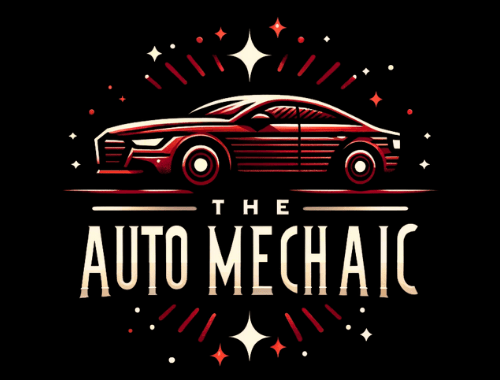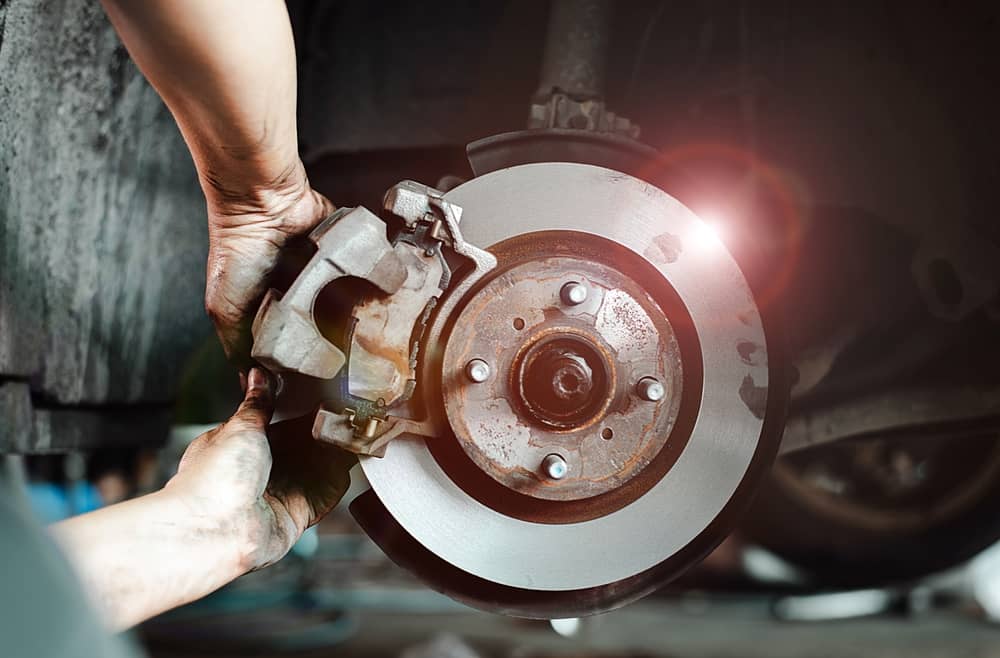Replacing your brake pads when worn out is crucial because it can save your money, your vehicle, and your life. However, you might be wondering when you should replace your brake pads or shoes and about their purpose. In this article, we will answer all your queries regarding brake pads.
Brake pads and brake shoes – What are they?
There are two types of passenger vehicle brakes: disc brakes and drum brakes. Although both primarily use friction to function, there are differences.
Disc brakes
Organic, metallic, or ceramic pads are used for disc brakes. These are specially engineered to provide friction when the driver applies brakes. After applying brakes, the pads press against a rotor or disc, causing friction that slows down the vehicle. These are usually found on the front axles of all modern passenger vehicles, but some also have them on the rear axles.
Drum brakes
Drum brakes use half-moon-shaped “shoes” attached to the inside of a drum. They are manufactured using substances that provide friction. Friction is provided against the drum, slowing down the vehicle. Drum brakes are used on the rear axles of today’s cars and light trucks, but they are also used widely on all four wheels.
Both pads and shoes wear down with time. Therefore, regular checkups are necessary to determine when to replace your brake pads. Moreover, parts of the brake system, like the brake discs or drums, can be damaged if replacement is not done within the required time. Furthermore, safety issues are also a concern when driving with brake pads or shoes that are wearing out.
When brake pads or shoes wear out, what happens?
A small amount of friction material wears off whenever a brake is applied. Therefore, with time, the friction material starts to thin. The steel parts that hold the brake pads or shoes will be revealed without replacement. Moreover, long braking distances greatly affect discs and drums. Below is a list of signs which will answer the question of when you should replace your brake pads.
Squealing or screeching noises
Worn-out pads cause a squealing, screeching, or whining noise whenever the brakes are applied. A metal attachment on the brake pad backing plate causes this sound. Wear indicators have the exact functioning mechanism of dragging fingernails on a chalkboard.
It is advisable to check your vehicle regularly when you hear such sounds. However, some pads use other mechanisms, so the sound is one way to determine when to replace your brake pads.
Moreover, screeching sounds may be heard while driving on wet roads, including after a rainstorm. The disappearance of the sound after using the brake a few times indicates that you should not replace your brake pads. It only means moisture on the brake pads or shoes, so there is nothing to worry about.
Less than a quarter-inch of brake pad
Visual inspection can also reveal when you should replace your brake pads. This requires you to remove the wheels. Moreover, one should inspect the brake assembly or “caliper.” In addition, the brake pads attached to the brake rotor should also be checked.
The friction material on the brake pad or shoe should be ¼ inch thick or, in other words, seven millimeters. You should replace your brake pads if the thickness is less than this. Moreover, there should not be a long time gap between one inspection and the next. This is also another sign that you should consider an inspection at the earliest possible.
Deep metallic grinding and growling
A deep, low noise can be another indicator that you need to replace your brake pads. This sound may also seem like a metal grinding or a rumbling growl. It is also an indicator that the discs or drums touch the backing plates of brake pads or shoes, which can cause extensive damage to your braking system. So it is advisable that the vehicle be brought to a servicing shop without further ado.
Indicator lights
Indicator lights on your vehicle’s dashboard can also tell you when to replace your brake pads. Some vehicles have a low-pad warning system, so it’s advisable to read the owner’s manual. Moreover, warning sensors and brake pads need to be replaced if the lights turn on.
What is the duration of the brake pads and shoes?
The answer to this question is not specific. It will vary between vehicles. Different vehicles and drivers are why the answer does not have a general or average answer. Brakes are used more often in urban areas where there is heavy traffic, whereas in rural areas or highways, brakes are limited. There are people who “ride the brake.”
Conclusion
Simply put, it means that they apply the brakes for a longer time before releasing them. Many drivers have this habit, and it can cause greater damage to brake pads at a faster rate.
In urban areas, brake pads usually last between 30000 and 35000 miles, whereas in places requiring less braking, like highway driving, where traffic is less, brake pads are good for up to 80000 miles. They can even last longer.
Therefore, only a little attention and inspection can tell you when to replace your brake pads. We hope that our article was useful in answering all your questions regarding brake pads and shoes.

Bruce William is a professional content writer and vehicle engineer with extensive car maintenance and repair knowledge. His expertise spans all vehicle parts, offering practical solutions for various automotive issues. Bruce provides valuable insights through his website articles to help readers maintain their cars for optimal performance and longevity.

